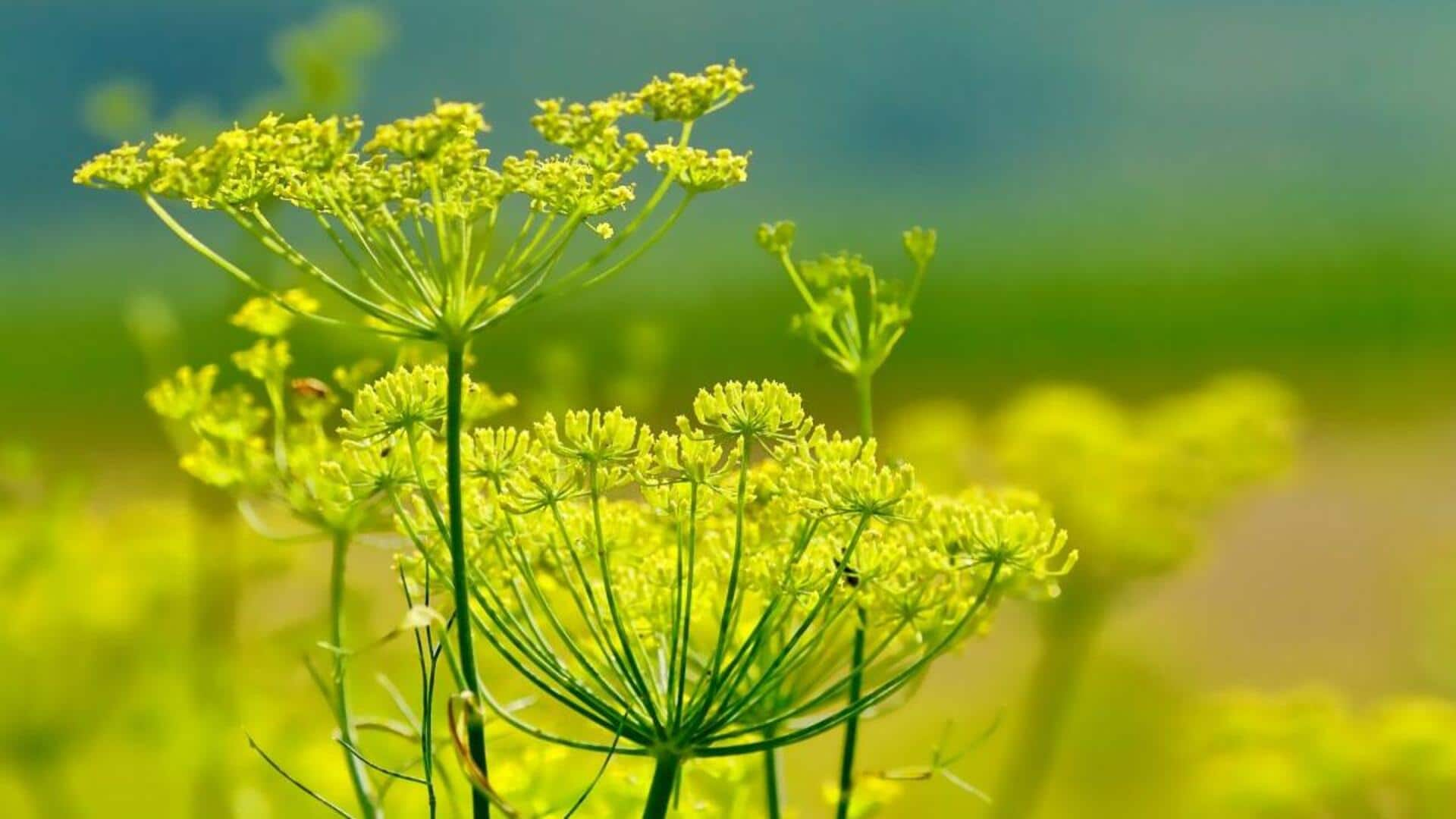
How to grow fennel at home
What's the story
Growing fennel indoors can be a rewarding experience, providing fresh herbs for your kitchen. Fennel, with its unique flavor and aroma, is an excellent addition to various dishes. With the right conditions and care, you can cultivate this herb indoors successfully. Here are some practical tips to help you grow fennel in your home environment, ensuring optimal growth and flavor.
Tip 1
Choosing the right container
Selecting an appropriate container is essential for growing fennel indoors. Choose a pot that is at least 12 inches deep to accommodate the root system. Ensure that the container has drainage holes to prevent waterlogging, which can damage the roots. A larger pot will give more space for growth and reduce the need for frequent repotting.
Tip 2
Providing adequate light
Fennel requires plenty of light to grow well indoors. Ideally, place your plants near a south-facing window where they can get six to eight hours of direct sunlight every day. If natural light is insufficient, consider using grow lights to make up for it. Position the lights about 12 inches above the plants and keep them on for about 14 hours a day.
Tip 3
Maintaining optimal soil conditions
The right soil mix is key to growing healthy fennel indoors. Use well-draining potting soil mixed with organic compost to provide nutrients. Keep the soil consistently moist but not soggy by watering when the top inch feels dry to touch. Avoid letting the soil completely dry out as it may affect growth.
Tip 4
Monitoring temperature and humidity levels
Fennel thrives in temperatures between 65 degrees Fahrenheit and 75 degrees Fahrenheit (18 degrees Celsius and 24 degrees Celsius). Keep indoor temperatures within this range by adjusting heating or cooling systems as necessary. Additionally, maintain humidity levels around 40% to 60% by using a humidifier or placing a tray of water near your plants if needed.
Tip 5
Pruning and harvesting tips
Regular pruning encourages bushier growth and prevents overcrowding in your container garden. Trim back any yellowing leaves or stems regularly with clean scissors or pruning shears. Harvest leaves as needed once they reach about six inches tall, ensuring you leave enough foliage on each plant for continued growth.